SpaceX / Twitter.
The SpaceX CEO explained that some satellites would likely have to be deorbited to burn up in Earth’s atmosphere.
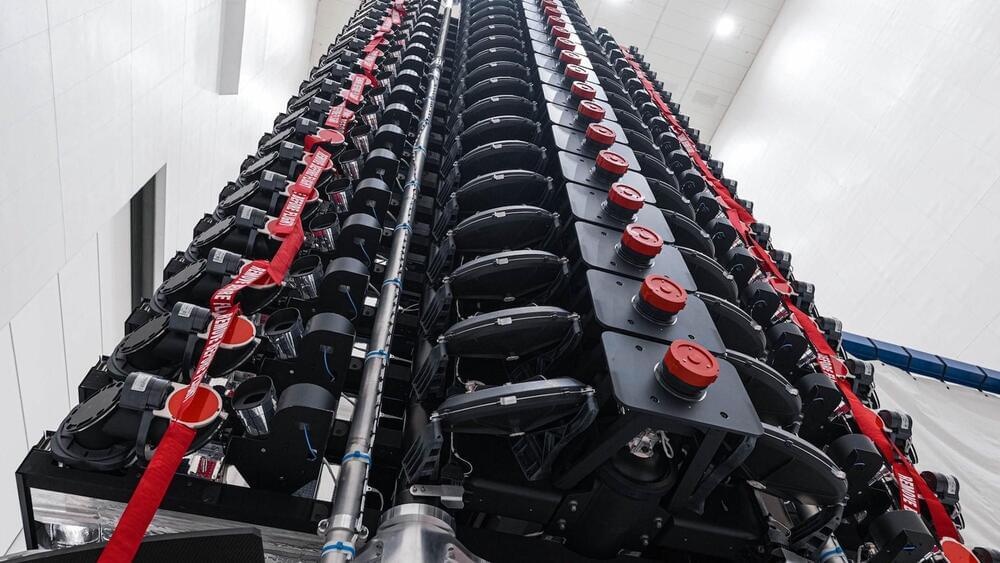
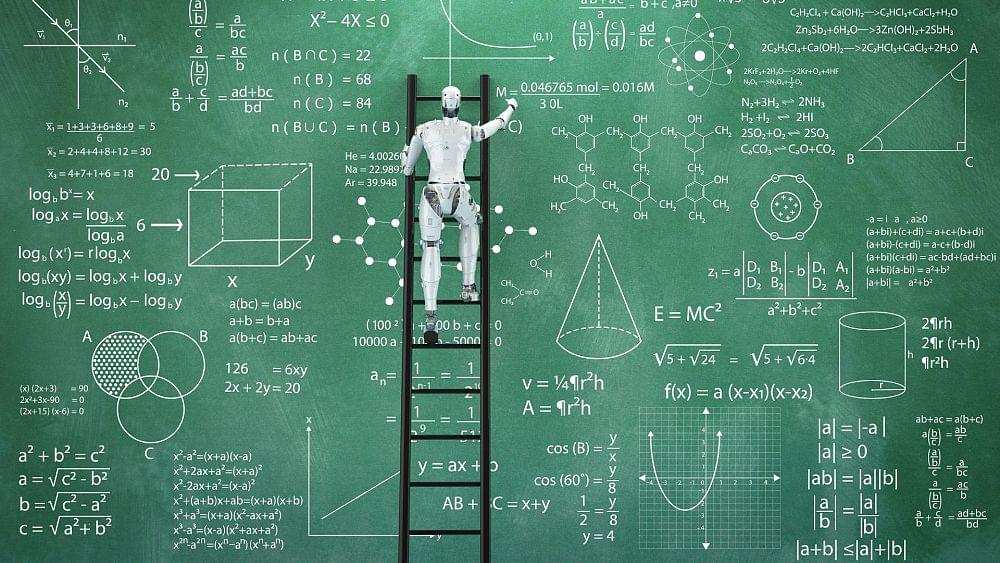
Pensions behave as government mandated ponzi schemes. New contributors are needed to pay for past contributors. But what if there are less and less new contributors and contributions? And what if past generations live longer and longer lives?
Limited time: get 5 free stocks when you sign up to moomoo and deposit $100 and 15 free stocks when you deposit $1,000. Use link https://j.moomoo.com/00iPZo.
France is facing massive protests in response to its recently announced pension reform. While France is the only country facing massive protests for now, almost all developed countries will likely be forced to conduct similar pension reforms in the future as they face rapidly aging populations.
0:00 — 1:50 Intro.
1:51 — 5:03 French pension system.
5:04 — 7:15 The Ponzi scheme.
7:16 — 9:42 Pension crisis.
9:43 — 11:20 Demographic time bomb.
11:21 A warning to us all.
Email us: [email protected].

Join us on Patreon! https://www.patreon.com/MichaelLustgartenPhD
Discount Links:
NAD+ Quantification: https://www.jinfiniti.com/intracellular-nad-test/
Use Code: ConquerAging At Checkout.
Green Tea: https://www.ochaandco.com/?ref=conqueraging.
Oral Microbiome: https://www.bristlehealth.com/?ref=michaellustgarten.
Epigenetic Testing: https://bit.ly/3Rken0n.
Use Code: CONQUERAGING!
At-Home Blood Testing: https://getquantify.io/mlustgarten.
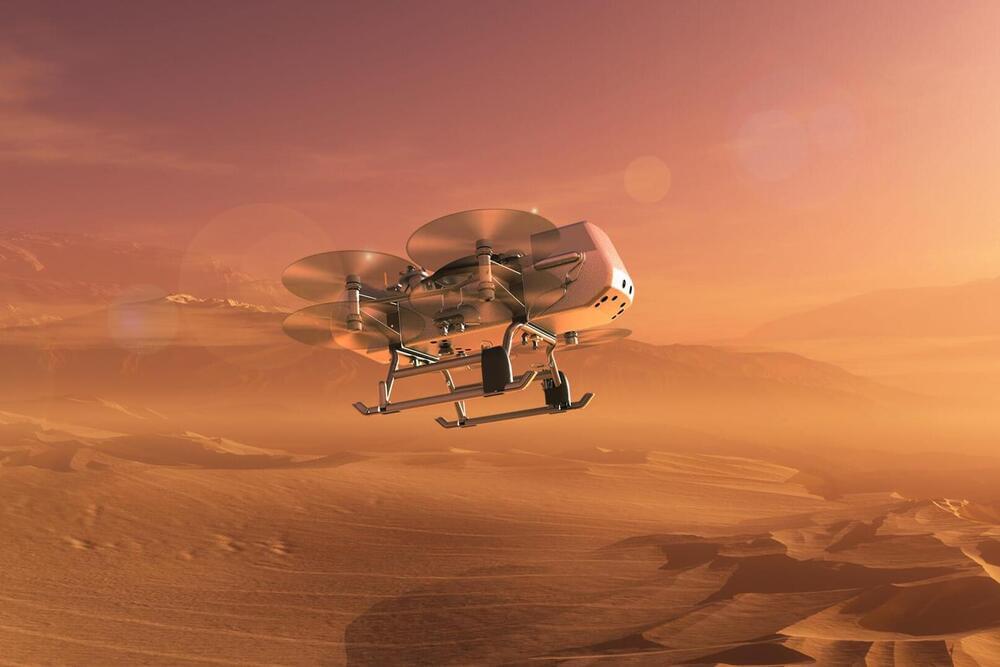
Johns Hopkins APL’s Civil Space Mission Area makes critical contributions to NASA and international missions to meet the challenges of space science, engineering, and exploration.
Since the dawn of the Space Age, APL has pushed the frontiers of space science, engineering and exploration. We captured the first picture of Earth from space, invented navigation by satellite, dispatched spacecraft across the solar system from our Sun to Pluto and beyond, and successfully conducted the world’s first full-scale planetary defense test mission.
We continue to shape the future by providing our nation with innovative and low-cost solutions to its space challenges. Our work includes conducting research and space exploration; development and application of space science, engineering, and technology; and production of one-of-a-kind spacecraft, instruments, and subsystems.
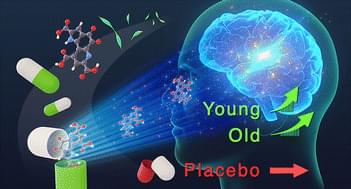
Brain function is important for a good quality of life. Pyrroloquinoline quinone disodium salt (PQQ) has been proven to improve brain function and cognition in older adults (above 45 years). In this double-blind, placebo-controlled study, we investigated the effects of PQQ on cognitive function in adults aged between 20 and 65 years. PQQ (20 mg per day) was administered for 12 weeks to the participants. After 12 weeks, the participants showed improvements in composite memory and verbal memory. A further age-stratified analysis was performed. In younger adults (aged 20–40 years), PQQ improved cognitive function (cognitive flexibility, processing speed, and execution speed) after 8 weeks. Only older adults (aged 41–65 years) showed improvements in complex and verbal memory after 12 weeks. In the logistic regression analysis that included the results of all cognitive tests, the changes due to PQQ intake were observed at 8 and 12 weeks in the young and old groups, respectively.
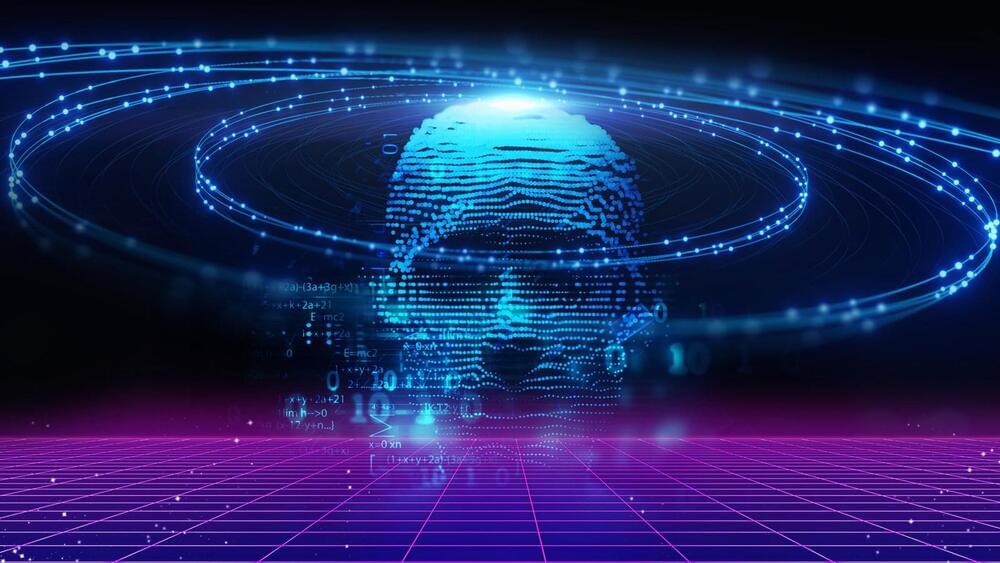
A trojanized version of the legitimate ChatGPT extension for Chrome is gaining popularity on the Chrome Web Store, accumulating over 9,000 downloads while stealing Facebook accounts.
The extension is a copy of the legitimate popular add-on for Chrome named “ChatGPT for Google” that offers ChatGPT integration on search results. However, this malicious version includes additional code that attempts to steal Facebook session cookies.
The publisher of the extension uploaded it to the Chrome Web Store on February 14, 2023, but only started promoting it using Google Search advertisements on March 14, 2023. Since then, it has had an average of a thousand installations per day.
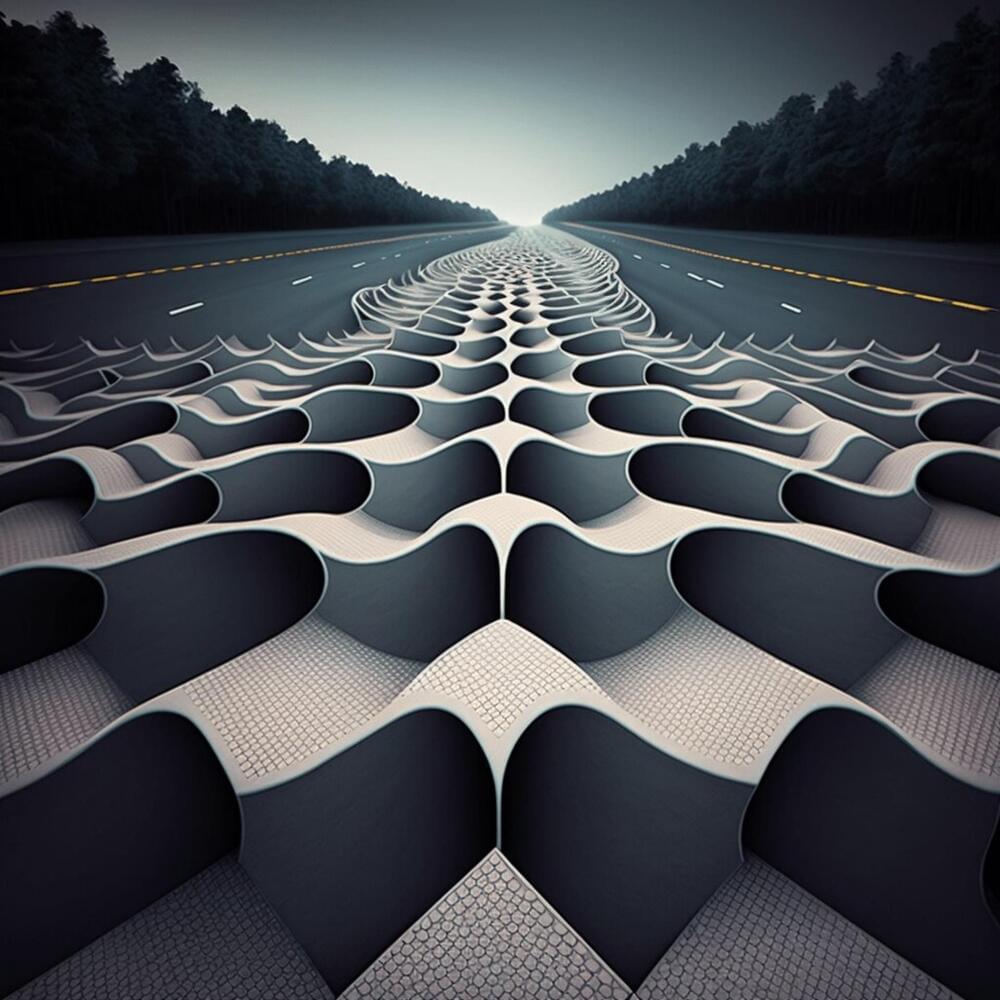
University of Pittsburgh.
A metamaterial is any material engineered to have a property that is elusive to naturally occurring materials. The research introduces the use of metamaterials in the creation of concrete, providing the option to alter its brittleness, flexibility, and shapeability to allow builders to use less of the material without sacrificing strength or longevity.
🔥 Explore Advanced Certification In UI UX Design by Simplilearn: https://www.simplilearn.com/ui-ux-certification-training-cou…ce=youtube.
🔥 Explore Artificial Intelligence Engineer (Discount Coupon:
YTBE15): https://www.simplilearn.com/masters-in-artificial-intelligen…ce=youtube.
In this video, “Top 10 AI Tools for Designers 2023,” we will learn about the top 10 AI tools and their features, pros, and cons. Also, we will cover the Best AI tools for Designers as per the features and pricing. Finally, we will pick the best among the top 10 AI tools.
Below are the topics we will discuss in this “AI Tools for Designers“
00:00 AI Tools for Designers.
01:46 Sketch2Code.
03:16 UiZard.
05:16 DEsign.ai.
07:09 Fronty.
09:12 Color.adobe.
11:22 Lets Enhance.
13:50 Picksart.
15:35 Runway ML
🔥 What is Artificial Intelligence?
- Artificial Intelligence is becoming increasingly necessary in the design industry, offering new and innovative tools for designers to use. Although AI tools can enhance designers’ efficiency, creativity, and productivity, it’s important to remember that human touch and creativity remain essential elements in design.
⏩As we have discussed, there are 10 AI Tools, but PicsArt is a popular photo editing tool that stands out from other tools in several ways. One key advantage of PicsArt is the wide range of features it offers. The app includes advanced photo editing tools, filters, text, stickers, frames, and collage makers, providing users various creative options.
Another advantage of PicsArt is its user-friendly interface, which is easy to navigate even for beginners. The app also provides tutorials and tips to help users understand and utilize its various features and tools.
🔥 Enroll for Free Courses by Simplilearn: https://www.simplilearn.com/learn-ai-basics-skillup?utm_camp…e=youtube.